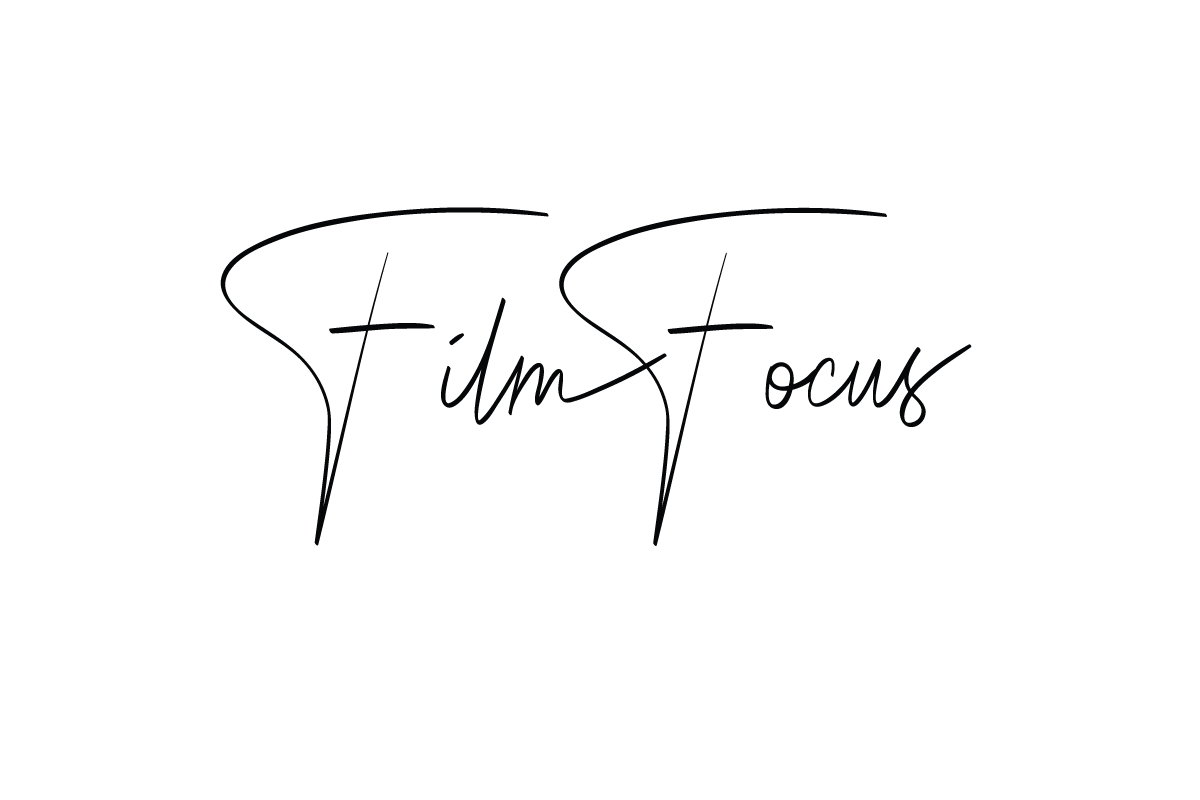The French Dispatch
The most Wes Anderson movie ever.
The French Dispatch focuses on a small French newspaper run by Arthur Howitzer Jr (Bill Murray). When he dies suddenly of a heart attack, the paper is suspended following the publication of one final farewell issue, in which three previous articles from past editions are republished. The first is a tale of a troubled artist, Moses Rosenthaler (Benicio Del Toro), the man who made is prison art an international sensation, Julian Cadazio (Adrien Brody) and the female guard who was his muse and inspiration, Simone (Lea Seydoux). The second is the tale of writer Lucinda Krementz (Frances McDormand), whose coverage of a University uprising in the heart of Paris loses objectivity when she starts sleeping with one of the protesters, Zeffirelli (Timothee Chalamet). Finally, there is the tale of author Roebuck Wright, whose exploration of a food related story starring the famed police chef Nescaffier (Steve Park) is derailed by a hostage scenario involving The Commissaire (Mathieu Amalric) and his son.
Wes Anderson has taken on an almost mythical status, as one of the industry’s key auteurs. Despite a range of hits beforehand, it was undoubtedly The Grand Budapest Hotel that launched him into a sort of hipster popularity that is unrivaled in this decade. For those interested only in the social clout ‘liking’ a Wes Anderson movie could bring, this film is sure to be a success, as it is a true tale of excess when it comes to all the quirks and eccentricities that make this director what he is. Rarely have we seen Anderson’s particular sensibilities on display so vividly; the comical nature of chase scenes, the endless symmetry, the truly odd dialogue and quirky characters, the pastels and the almost two dimensional sets. It’s a veritable feast for anyone just looking for those pieces; for those just wanting to seem to like a ‘cool’ director.
Alas, for anyone interested in film as an engaging narrative, French Dispatch is one of Anderson’s weakest films to date. The issue, fundamentally, is with the structure. The vignette approach to the material isn’t bonded by enough, or significant enough, a thread, and so we get three extremely disjointed stories that fail to really invest you in the film. That being said, on its own each story is certainly fun and interesting, but because they are so scarce and so quick, it is too surface level to really be engaging.
Uniformly across the board, the rest of the elements of the piece work well. The mammoth cast uniformly crushes it, and the visuals are astonishingly quaint. Most successfully used is the switch between black and white, colour and animation, which really lends you to appreciate each of those viewpoints much more so than if the whole film was in one visual style.
Nevertheless, this movie, although technically incredibly capable, and with gorgeous costumes, set decoration and an incredible cast, fails to impress or really hold much interest, because at a base level the narrative just isn’t there.


